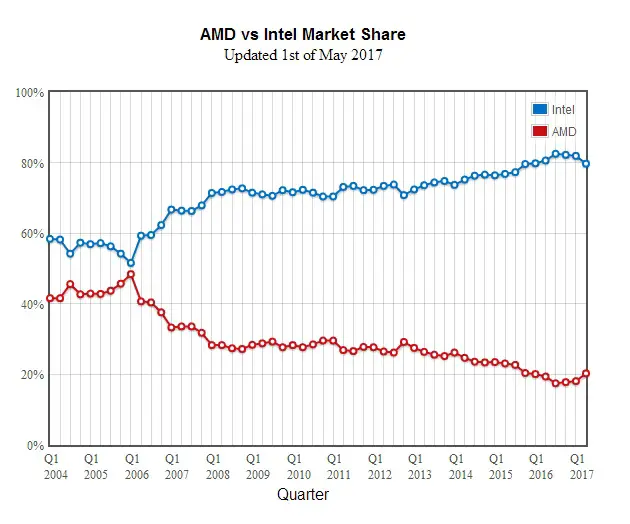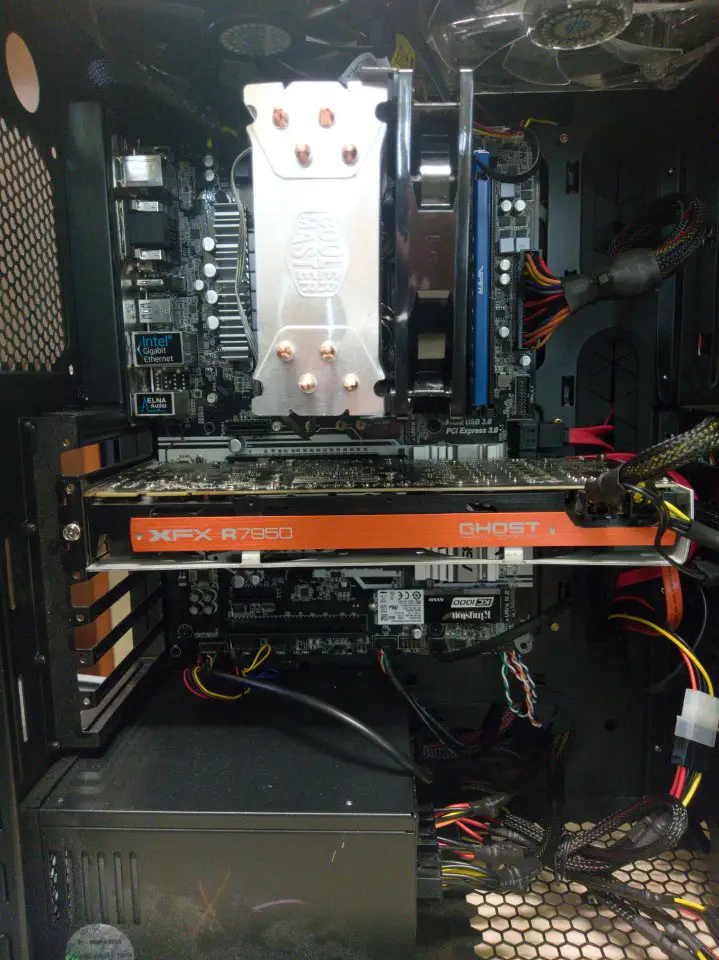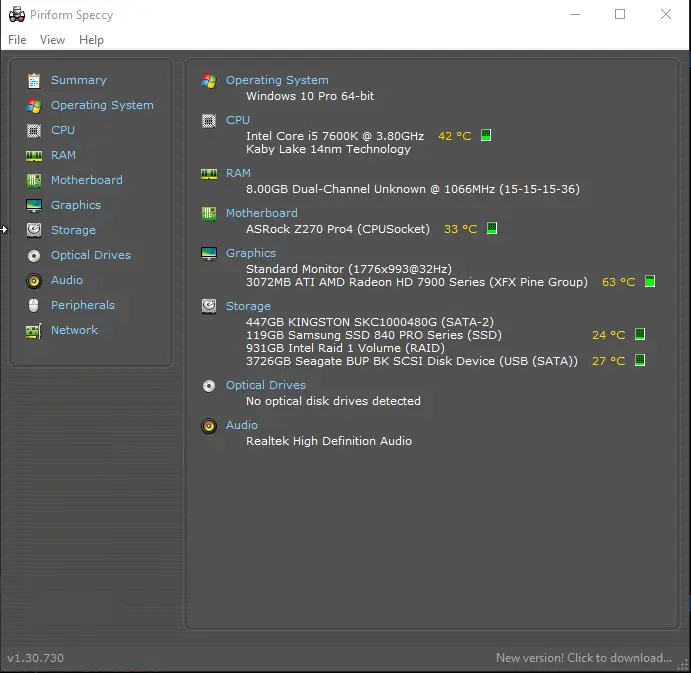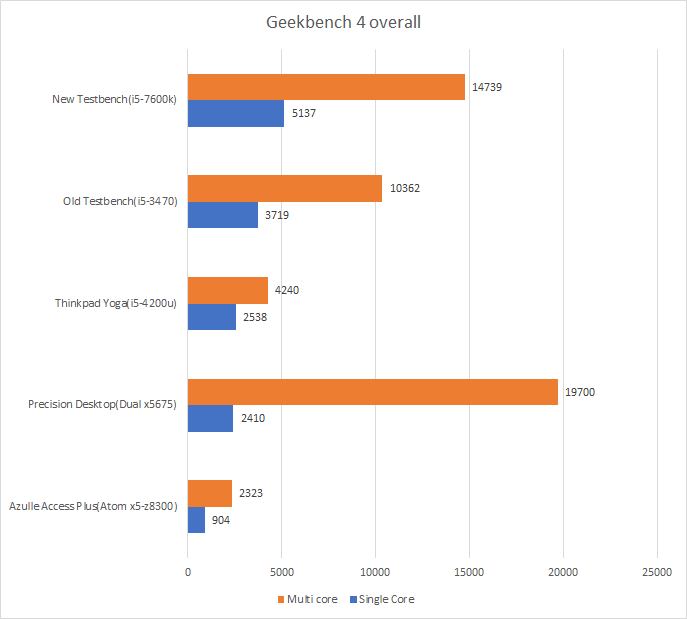Our new Test Bench
Pocketables has used the same test bench for SSD and memory testing since we started reviewing them. We’ve used a different system for USB testing( A ThinkPad Yoga) due to the presence of native Intel USB 3.0 ports. However both of these systems are showing their age. Z77 was new when the i7-3770k was and we’re seeing leaks about a new hex core i7-8700k currently. The ThinkPad lacks USB 3.1 gen2 for 10Gbps capable devices. On that note lets dive into our new test platform that should serve for quite some time.
Our new test system
Our new test system is almost entirely new components( Nothing was carried over from the previous test bed). Although some existing drives( The 840 pro and drives for the Intel raid volume) were used these shouldn’t impact testing in any way.
Why an Intel CPU

Our previous test platform used an Intel CPU as a point of convenience(I already had the system). Our new platform is also using an Intel CPU as a technical decision not out of preference. The goal of our tests is to be comparable to as many end user systems as possible. And although AMD is gaining market share the vast majority of systems currently available and in use are Intel based. Furthermore although Ryzen contains AMD’s best SATA controller to date it isn’t quite on as quick as Intel’s the same applies to PCIe storage. None of this should suggest that we would encourage our readers to prefer one platform over the other just that we wish to offer the best reference point possible. The 7600k was selected as it offers the most flexibility with an unlocked CPU multiplier.
Why Z270
Z270 is the very top of the chipset offerings for the Kaby Lake generation. It is the only “consumer” chipset Intel offers capable of both memory and CPU overclocking. Although neither of those features is required for SSD testing they’ll be utilized in evaluating memory kits and potentially CPUs should the need arise. Our particular motherboard is an ASrock Z270 Pro4. This board was settled on as it offered all the baseline features of the Z270 platform without any of the controller disablement that plagues higher end boards. Other than the odd choice of using a SATA m.2 drive(which would disable one of the SATA ports) it all works, all the time.
Cursory benchmarks
We’ll introduce new benchmarks as we go on but for now we’re just focused on comparing the new platform to the old at a glance.
Using Geekbench we can look at ballpark CPU performance between the old, new and some other systems I have on hand. Outside of the massive multi-core performance of a 12 core Xeon system our testbench outperforms everything. Detailed results between the two platforms are available via Geekbench browser. We’ll test more specific facets of performance as they become applicable.
Are the new results still comparable to the old dataset?
Yes and no. We’re using most of the same tests but not all the data is directly comparable. As a rule SATA should be “similar” between two systems.
The new system posts higher performance at low queue depths. High queue depth reads are faster but writes came in a touch slower possibly due to the age of the drive(it hasn’t just sat on a shelf). This unfortunately means our existing data set isn’t directly comparable to any new drives we test. Any drives left on hand will be re-tested to provide a bridge between old and new.
Overclocking and stability
From a stability concern we’ve subjected the system to extended full load both CPU and GPU for several weeks without issue. In regards to overclocking it’s not something we’re going to explore in depth. We will test it some if and when we review any additional Z270 motherboards. However with the potential risks to both CPU and motherboard it is not something we plan to push the envelope of too far unfortunately replacing the CPU isn’t in our budget should something go amiss.
Closing thoughts
Our new test bench should serve us well until PCIe 4.0 becomes available. M.2 NVMe ssd’s are within it’s capability ( One is in testing now) DDR4 memory USB 3.1 and SATA drives are all testable on the same platform as well. Everything except thunderbolt is available right now( Although asrock supports that via an add in card.)
Are there new tests you want to see us use? Do you disagree with one of our component choices? Let us know in the comments below or on Twitter, or Facebook. And don’t forget that you can support us on Patreon to help us continue to bring you high quality reviews as well as access to. early news and input on reviews to come.






